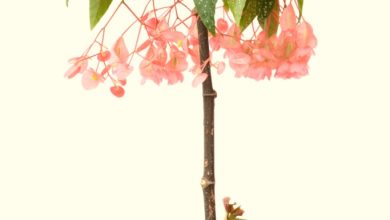How often and how to water my Jasmines?
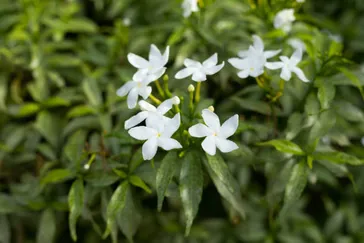
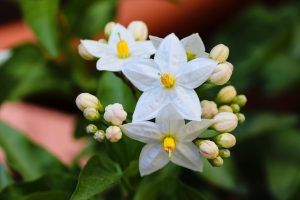 The watering of jasmine is one of the essential care if you are looking for a beautiful bloom that also perfumes the entire environment.
The watering of jasmine is one of the essential care if you are looking for a beautiful bloom that also perfumes the entire environment.
Jasmine’s moisture needs are balanced. They will be larger in their flowering time and smaller in rest.
However, there are still many complications when it comes to enjoying this species because it is still believed that watering should be daily.
In the following lines we will deal with working on everything that this topic entails and that will be quite useful for you, so do not miss anything.
Important points when watering a jasmine:
- Irrigation frequency: 3 to 4 times a week during the spring and summer months, when it is in bloom. In the resting time, reduce to 1 weekly watering if necessary.
- Irrigation method: with a watering can.
- Optimum time of day for irrigation: in the morning, avoiding wetting the foliage that is exposed to direct light to avoid burns.
- Identify excess water: yellow leaves, plant decline, defoliation.
- Identify lack of water: leaves that turn yellow or brown at the edges, small flowers or that fall quickly.
What irrigation needs does jasmine have?
Jasmine is a flowering plant that needs constant moisture in the substrate during the flowering period.This implies that you have to provide the appropriate amount of water so that you can take advantage of it and carry out your processes without inconvenience.
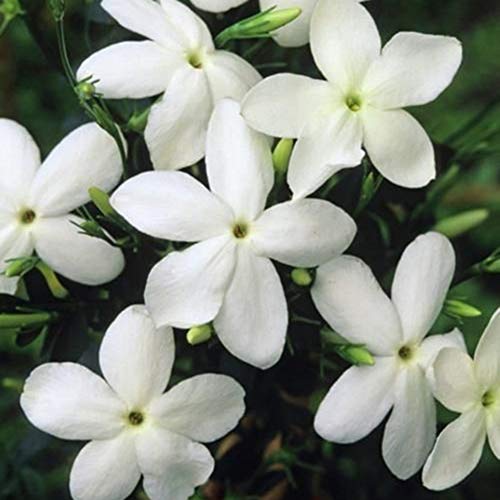
In addition to that, it is also vital that the roots are hydrated in order to distribute nutrients and vitality to the entire structure.
How can we detect lack of irrigation in jasmine?
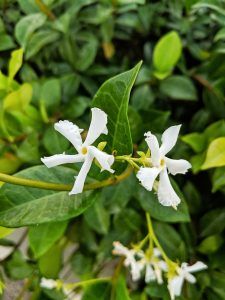 The lack of irrigation will cause weakness in the jasmine, although it will take a long time to notice this since it is a species that withstands episodes of drought well.
The lack of irrigation will cause weakness in the jasmine, although it will take a long time to notice this since it is a species that withstands episodes of drought well.
The easiest way to show irrigation deficit will be in the leaves, which will begin to show yellow or brown in the external area.
If the plant is in full bloom, which is when it demands more water, it is likely that the flowers will not develop well or will fall prematurely.
The irrigation deficit is usually more frequent to show in jasmines that are planted in pots, since they will not have access to more humidity.
However, those that are planted in the garden could take advantage of the surrounding humidity to withstand the dry period. In any case, if you notice problems related to a water deficit, apply a good watering and then maintain the recommended frequency.
How often should we water the jasmine?
When the jasmine plant is in full bloom, it is normally spring or summer, so water needs increase. In these cases, the water supply will be between 2 and 3 times a week, always assessing the state of the land.
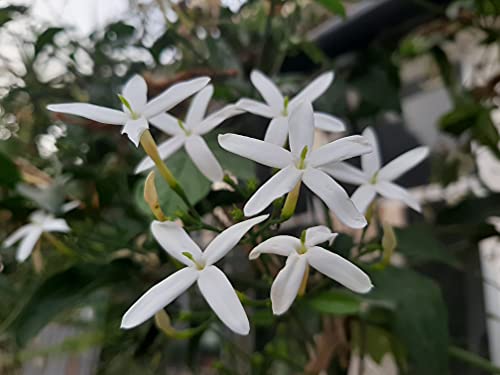
One way to determine if irrigation is profitable at a certain time is by touching the soil and noting whether it is dry or not. From there, you will have to regulate the amount of liquid that you will provide. The rest of the year, when the jasmine is in autumn and winter rest, you can reduce the water supply to one weekly, approximately.
What is the best way to water jasmine?
Irrigation using a watering can is the easiest and safest way to apply water to jasmine. The first reason is that it prevents the foliage from getting wet and, therefore, prevents the appearance of fungi or burns on it.

Another point that must be rescued has to do with the location of the water, since doing it through a watering can is much easier to orient. In this way, your jasmine will not suffer from lack of moisture in the roots.
How do we detect excess water in jasmine?
Excessive irrigation is one of the most frequent problems that exist in the care of jasmine and that, as a consequence, causes the death of the specimens. The symptoms that show that this problem is occurring have to do with weakness of the structure, which causes possible defoliation.
In addition, the leaves turn yellow, the youngest beginning to pale first and occupying the rest of the structure later. Many gardening enthusiasts claim that jasmines are among the easiest species to care for and that in return they offer a very striking benefit around their flowers.
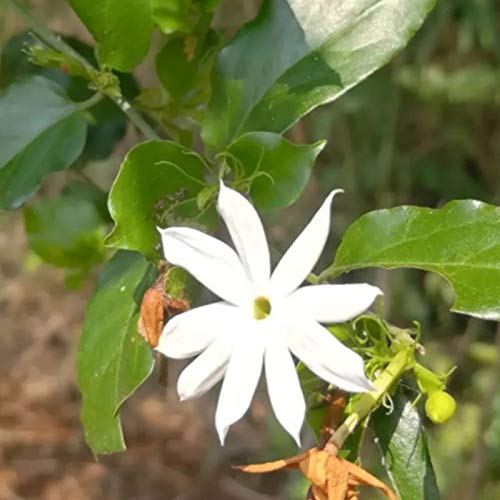
This is a reality that you will be able to verify for yourself, taking into consideration all the guidelines for irrigation for jasmine. Remember that plants are living organisms and, therefore, water is a vital part of their structure so make sure you do it wisely.
Bibliographic references
- [PDF] Errors and confusions about Jasminum azoricum L, JI de Juana – Bouteloua, 2013 – floramontiberica.org
- [PDF] Jasminum officinale L. subsp. grandiflorum (L.) comb. nova, E LAGUNA – Toll Negre, 2006 – internatura.org
- [BOOK] Caring for Garden Plants, S Buczacki – 1997 – books.google.com
- [BOOK] The Big Book of Exotic Plants, P Blin – 2020 – books.google.com
Maybe you are also interested in:
- Fertilize a Jasmine: How, When and How Much? – Sow100
- Jasmine Vine Care: [Soil, Humidity, Pruning and Problems]
- Jasmine Care: [Soil, Humidity, Pruning and Problems]
- Common Jasmine Cuttings: [Grafts, Time, Rooting and Planting]
- Jasmine Cuttings in Water: [Grafts, Time, Rooting and Planting]
- Spanish Jasmine Cuttings: [Time, Eradication, Planting and Fertilizer]
- Prune a Jasmine: [Importance, Time, Tools, Considerations and Steps]


